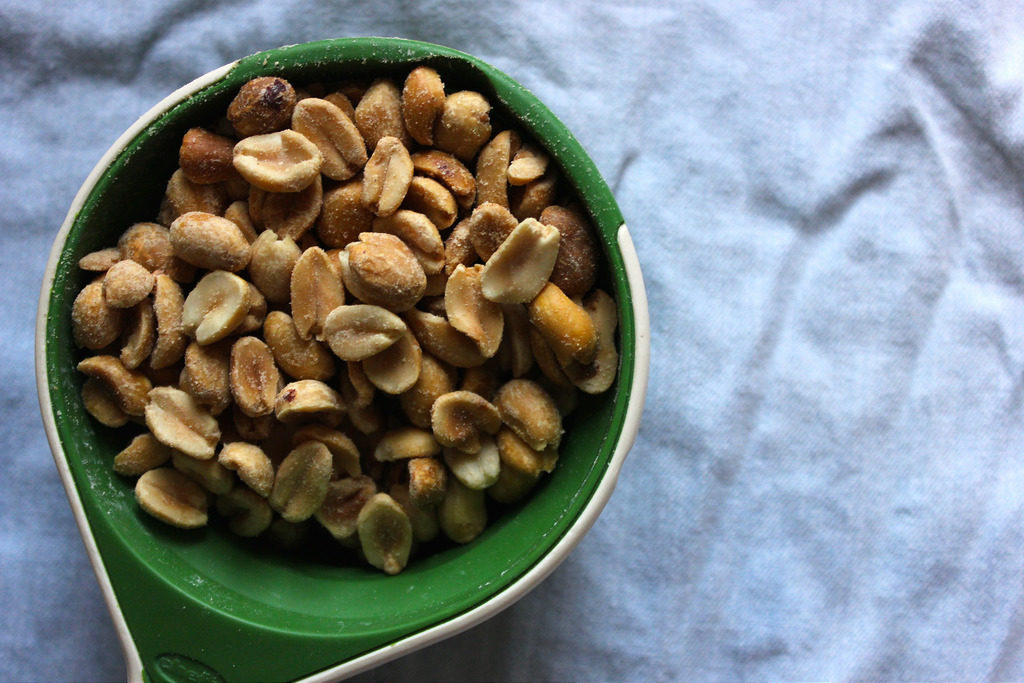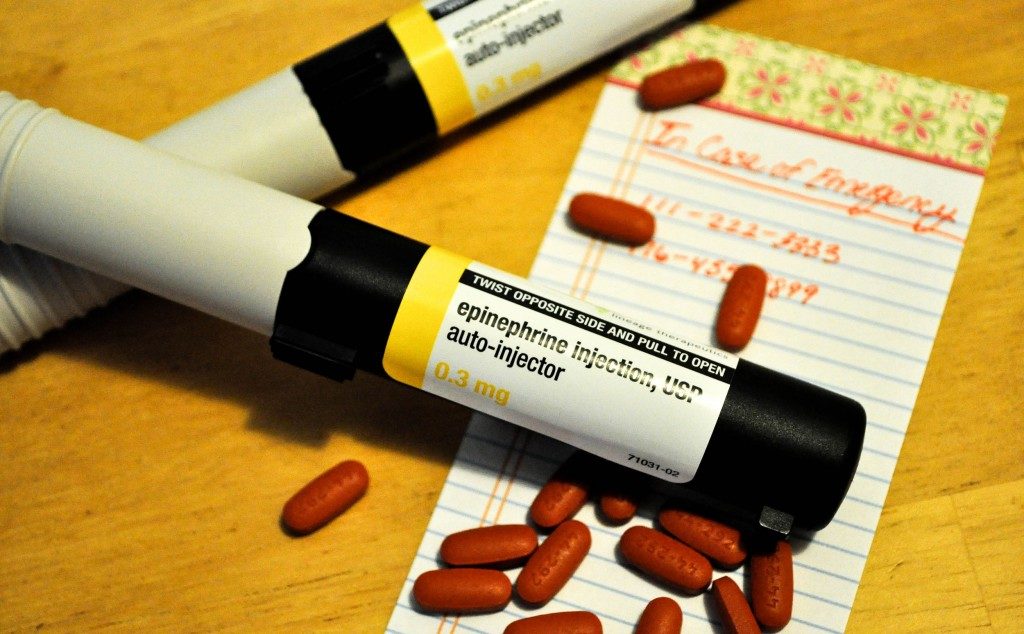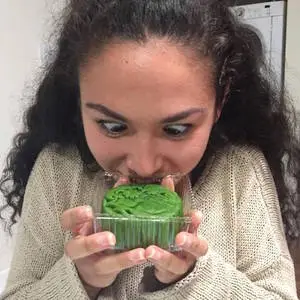We always here about allergies getting worse with age, but what about the ones that get better? A peanut allergy is one of the most common allergies in North America and it’s more common in children than adults, but this isn’t just a coincidence. While most people don’t outgrow it, about 20% of children will grow out of their peanut allergy by adulthood.

Photo by Maggie Gorman
Many parents intentionally keep their babies away from peanuts for the first few years of their lives but research has shown that feeding kids peanuts at a younger age might actually prevent them from developing a peanut allergy.
The Journal of Allergy and Clinical Immunology published a study about kids who have already outgrown the allergy and how to keep it away. They found that once the allergy was gone, kids who ate concentrated forms of peanut at least once a month maintained their tolerance. But many kids with former peanut allergies probably don’t want to eat peanuts regularly out of fear, dislike, or just because they aren’t used to peanuts in their diets.

Photo by Katherine Carroll
A study published in the Annals of Allergy, Asthma and Clinical Immunology in July 2013 showed that some kids were more likely to outgrow their allergies than others. Some of the factors of being able to develop a tolerance to allergens included how early they had their first reaction, how bad their previous reactions had been, and how many foods they were allergic to.
Kids who had mild reactions such as eczema instead of anaphylaxis has an easier time ditching their allergies and kids who were only allergic to one thing also had an easier time. Studies also found that children who had their first reaction early on in life were more likely to outgrow their allergies.

Photo by Michelle Lin
Allergist and immunologist, Dr. Clifford Bassett told Fox news, “it is never 100 percent safe to reintroduce a food that you suspect you or your child has as an allergy to— particularly a peanut allergy responsible for severe, life-threatening reactions.” He suggests to always try reintroducing previous allergens with professionals around and in a safe environment.


